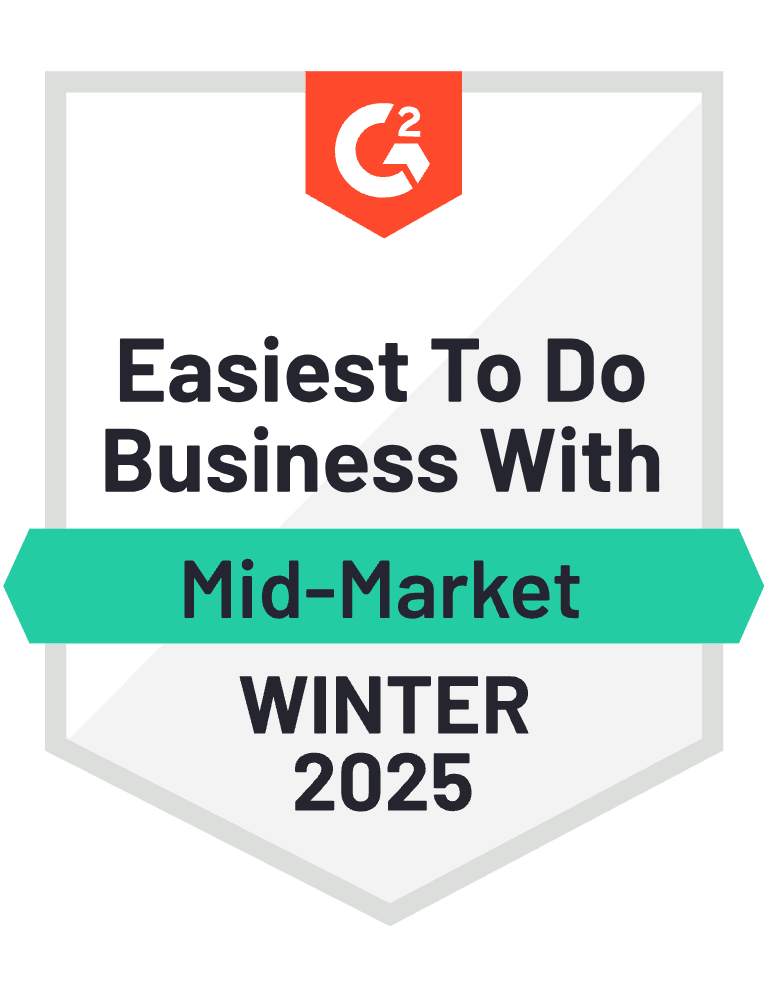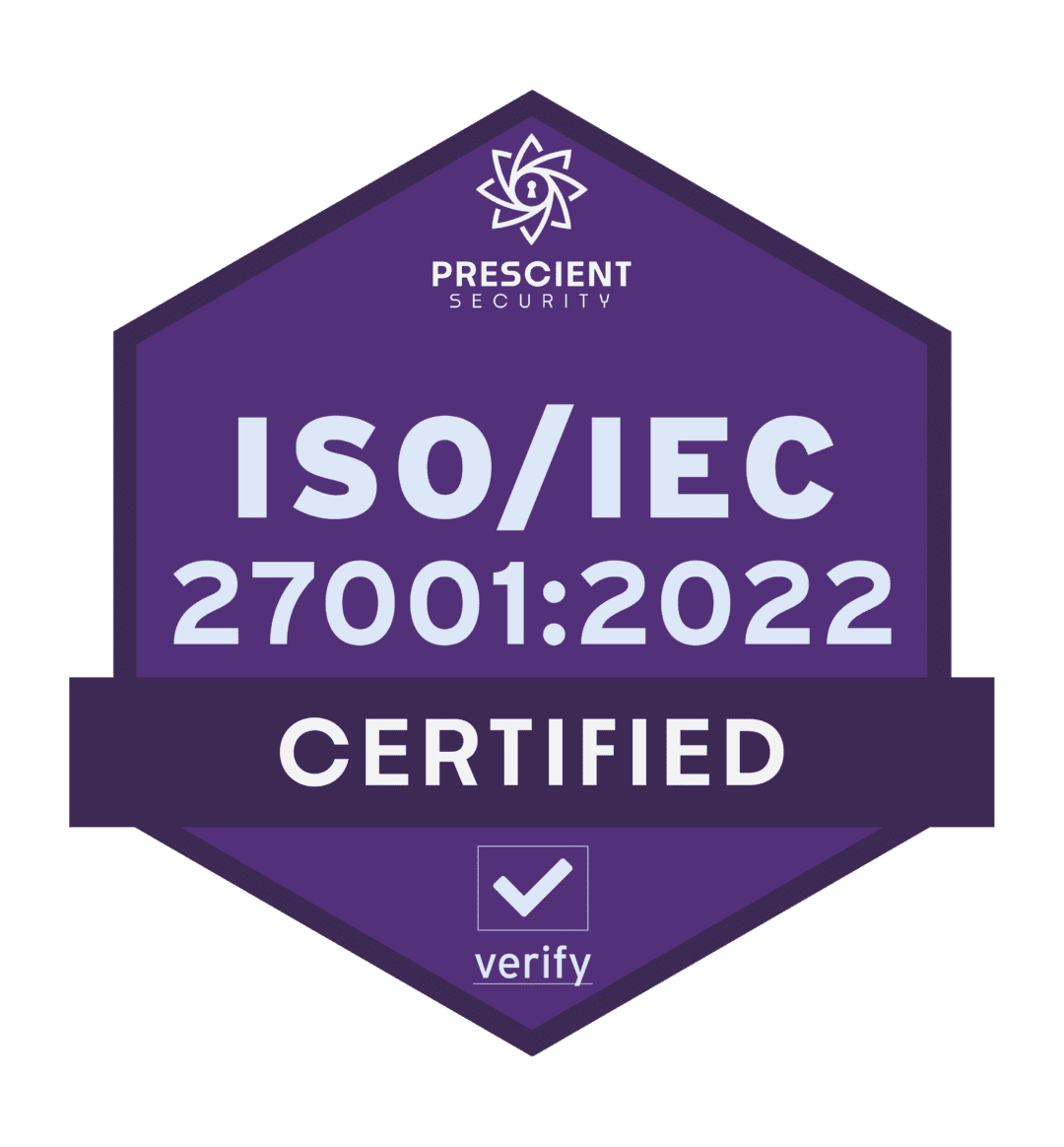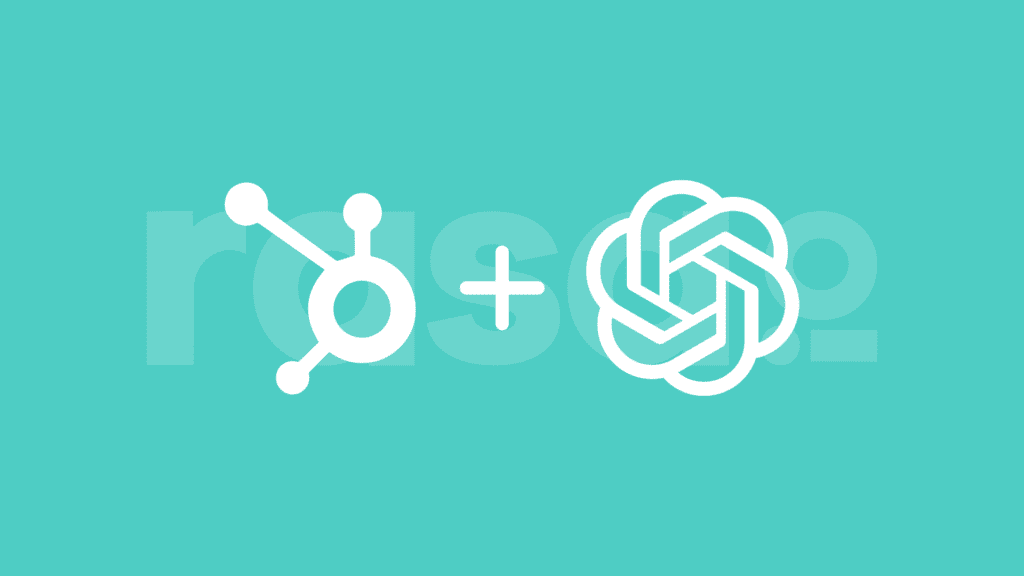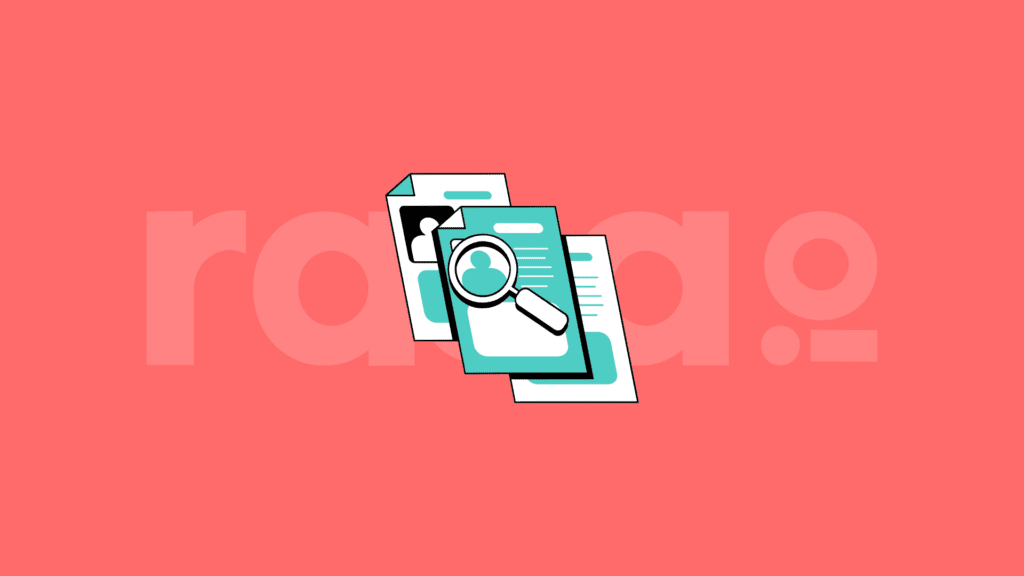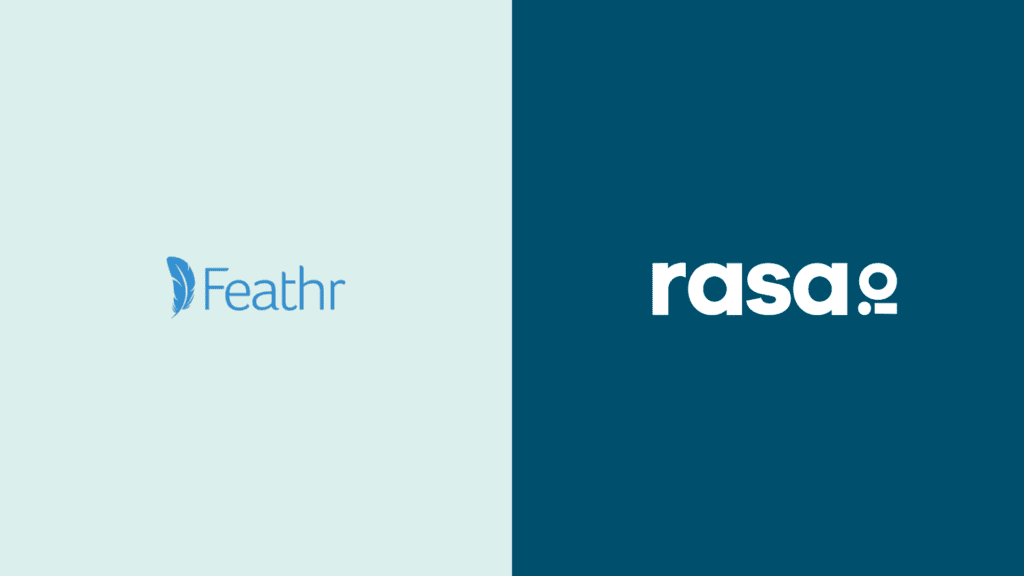Brennan Dunn
In this episode we have Brennan Dunn, who will be describing some early lessons in email marketing. Brennan has been in the freelancing world for many years and currently makes his living by providing software and products to freelancers and consultants from his home office.
Brennan is a master of segmentation and automation and in today’s episode he shares practical tips on how to best utilize these parameters when thinking about email marketing. During our conversation, we talk about foundational principles for the next best products and how to structure your newsletters to subtly promote them. We also discuss the concepts of Shadow Newsletter, and Dynamic PS’ and what to do with collected segmentation data. Stay tuned, because you don’t want to miss out on today’s mind-blowing interview with one of the leading email marketing guys out there!
Bio:
Brennan Dunn is the founder of Double Your Freelancing and helps teach over 50,000 freelancers and agencies how to earn more money and work with better clients. He’s also the co-founder of RightMessage, a software company that helps bring on-site personalization to the masses.
Key Points From This Episode:
- Brennan shares what life was like before becoming well-known for email marketing.
- Brennan talks about how he came to the idea of segmentation and automation.
- How to make sure recipients get what they want from the content you send them.
- A foundational principle for how great products are born: Keep your ear to the ground.
- He explains segmentation and automation in more practical details.
- The middle ground between ‘one-size fits all’ and a personalized email.
- Brennan shares details of the concept: The Shadow Newsletter.
- What a Dynamic PS entails: Offer funnels.
- How to use your email newsletter to subtly promote products.
- Brennan shares tips for listeners that are new-to-email newsletters.
- What to do with collected data for optimized segmentation.
Tweetables:
“My attitude with email marketing or really, online business in general, has always been to keep my ear to the floor and listen to what is being said.” — @brennandunn
“I wanted to really think about how can I try to find the middle ground between one-size-fits-all versus the one-to-one, highly personal, highly specific way of communication.” — @brennandunn
“Personalization done right is really just the reaction to segmentation data.” — @brennandunn
Links Mentioned in Today’s Episode:
Episode Transcript
Brennan:
I had really dialed in a lot of the automation really over the last three, four years, to the point where, when I say that email is important to me, it’s really important to me because that is where a hundred percent of my revenue comes from. I don’t do any paid ads. I don’t do anything with like live webinars or anything else. It’s entirely search traffic, hitting articles, or being redirected to my site, opting into email sequences. And then those email sequences do all the nurturing and conditioning, but also the pitching of my paid products along with upselling and everything of existing customers. So yeah, I mean, it’s, it’s, if my email marketing capabilities went away overnight, I would be out of business
Bryan:
From rasa.io, the free tool for sending smarter and better email newsletters. This is pushing send a show featuring people who send emails, their subscribers actually want to read. I’m Bryan Kelly and on today’s show how a former agency owner built an email list of 50,000 subscribers while implementing sophisticated segmentation, personalization and automation. Here’s Brennan Dunn describing some early lessons in email marketing.
Bryan:
You’re known for incredibly clever email marketing automation, but what was life like before you became that person?
Brennan:
Sure. So before I had any online product stuff at all, I was running an agency and we were shifting a lot of our local marketing to be seminar based for us to kind of get people to come to these. We really started to focus on doing a lot of heavy local networking, but also turning the people that we met, these contacts into email subscribers, who we’d send out information about like upcoming seminars. But also if we launched a client project, we would invite that email list to a local bar. And the first drink would be on us. From there. I exited the agency to start a software business called plan scope and plan scope. You know, it was for me is currently cause I since sold it a project management software, product, project management for freelancers and agencies specifically. So I kind of learned the hard way. I think that you just can’t build software and expect people to buy it. And on top of that, as I started to do the thing that everyone around me was telling me to do, which was to the content marketing thing, you know, I have a lot of experience with agency stuff. So I started writing about all things, getting clients, pricing, your work and everything else. And I think the mistake I made early on was thinking people would be searching for things like how do I get a client? They’d read an article. They liked the article cause they didn’t click back. And at the end of that article, I would promote the software, you know, a free trial for the software that would link to the marketing site and, you know, friends and mentors of mine like Amy Hoya and others back then were saying, push people to like an email newsletter or something. Now give them like, if they’re reading, if they’re looking for information, give them the promise of future information and then over time, cultivate a relationship with them and then pitch them on the product. The software that’s really, when I started to go all in, I guess with email eventually got to the point where I realized people who are on my email list didn’t really care that much about the software, but they wanted to learn from me about things like getting clients and selling and all that kind of stuff. So I built courses, well now they’re video courses. So like it’s about 50,000 people right now, 10,000 total customers over the years. I think one of the things that I started doing, which turned some heads, I think in the sense that it was a bit different than what peers were doing was going beyond personalization as a, you know, Hey, first name, introduction to an email. But instead I would do things like segment people based on answers to questionnaires that I’d send them and then they would get different either emails or different content in specific emails based on that. And nowadays I’ve got, you know, the average subscriber on my email list has about a hundred different data points that I’m tracking everything from like what kind of work they do to behaviorally. What kind of content are they reading on my site to, how are they engaging with my automated newsletter? But I do do a lot of progressive data collection with the intent of telling people I want to better serve you. And if I can better understand who you are and what you need from me, I can better serve you. So I’ve, I’ve really built that into the entire double your freelancing ecosystem. And that’s actually what now has led me to abstracting out a lot of that IP that I’ve been developing over the years, Baking it into this new product called Right Message.
Bryan:
In taking this approach. You’ve developed a keen ability to foster really strong connections with email subscribers through automation. So when or how did you stumble upon the combination of segmentation and personalization in this way? Like where did that all start for you?
Brennan:
I think from my point of view is the influences that I had around me were people like Amy Hoyt, Joanna Wiebe. So people like that who were opinionated against kind of the traditional sales letter way of doing things along with opinionated against heavily designed or structured email communications. So, you know, this whole idea of like make your marketing emails look like peer to peer emails Was a big thing that was kind of, I want to say it was becoming an established norm if you will. You know, at around the time when I was getting into a lot of this stuff, yes, it’s obviously a thing going out to thousands of people, but I’m treating it. Like it’s a thing for me to a friend, but I do think though from a reception point of view or from somebody being able to genuinely get something of value from the communication that I’m sending them first off, making, making it very obvious, what I’m trying to do, which is I want to better understand who you are and incorporating things like calls to action and emails that are literally, Hey, you know, reply to this email. And tell me a bit about first off what you thought. And secondly, what’s the number one thing that I can help you with, you know, next, when it comes to pricing your services and having these kind of dialogues at scale, if you will, where you’re sending email to a lot of people and asking for potentially a lot of replies and then using those replies to create future content and normalize all the responses you’re getting into trends that you’re noticing kind of within your audience of like, what are the things people say again and again and again that they’re struggling with and how are they saying it in their own words, then really displaying empathy by telling people like, I hear you, I literally hear you. And here’s what I would do if I were in your shoes and you were struggling with X, Y, and Z. So my attitude with email marketing or really online business in general has always just been, keep my ear to the floor and listen to what is being said, whether it’s being said directly to me or, or being inferred by reading between the lines and then respond to that with products or future educational email content or articles on my site or videos or whatever it might be. Right. So I think just that, that kind of attitude of which again is not unique to me at all, but just this, this study of like, let’s just keep our ear to the ground and listen to what, what is being said, and then react to that. And that’s how great products are born. That’s how great articles are written. And so on.
Bryan:
When we come back, how Brennan thinks about ways to better utilize email marketing software, to help subscribers determine if an email is even worth their time. Plus Brennan shares details about a very cool concept called the shadow newsletter. So stick around, I’m Bryan Kelly, and you’ve been listening to Pushing Send from rasa.io.
rasa.io:
Creating email newsletters takes a lot of time. You might curate articles, write content, tweak your template, and look up metrics and not to mention you’re probably doing all of this once a week. Well, rasa.io, we said enough and built a free tool to simplify the process, which saves you time. It also uses AI to personalize emails for each subscriber based on their interests. That means they get stuff they like to read. Want to see how it works? Visit www.rasa.io and click how it works.
Bryan:
Welcome back to Pushing Send, I’m Bryan Kelly. Brennan Dunn is the go to guy for a number of things, especially complex email automation with highly personalized segmented messages. And he’s also a master at understanding how to collect email subscriber data and leverage it in a way that people feel like he’s talking directly to them. Here’s Brennan digging deeper into some powerful ideas for all marketers. You have an article on your site that says the following, “Many businesses use email marketing software to manage subscribers and send broadcast newsletters to their lists. If you’re doing this, you’re missing out.” Can you explain this in further detail?
Brennan:
When I, when I say things like that, what I’m getting at is that when most people, I think do email, they think of it, that they do things based on the feature set available to them with the email service provider that they happen to use. And for most ESPs, that includes really two different kind of sides of email marketing. One side is broadcast, right? Which is I’m going to write an email and I’m going to target this email to people. It’s usually everyone, but it could be a certain, you know, whoever has this tag or people who have bought a certain thing or whatever else. So that’s, that’s, that’s kind of the live temporal I’m gonna write this new thing and blast it out to my list today. And on the other side is the automation, which is kind of the Yeti that something happens. So some trigger occurs, and then we have a spaced out linear flow of canned emails that will get sent to somebody. So that’s usually like, you know, even today, I mean, that’s, that’s pretty much what people either see sequences of emails that are triggered by something or broadcast emails that tend to be to everyone, but also could just be a customer update, email to all customers or product updates, email to anyone who is a customer of that product or whatever else. You know, when, when you receive an email, the recipient doesn’t know or care if it was a broadcast email or an automation email or anything like that, they just want to know, is it going to be worth my while to read this email? I mean, that’s, that’s pretty much what, what it all boils to is am I going to get this center of the attention to actually not delete it, not archive it, but actually open this email and read what it has to say. So the format like how it was sent is completely immaterial. So I wanted to really think, how could I try to find that middle ground between one size fits all, but I’m not really speaking to anyone because in order to reach a lot of people simultaneously, I kind of need to go super generic versus the one-to-one highly personal, highly specific way of communication. So like my thinking is people don’t care how the email was delivered, why it was delivered, why they’re getting this email. They just want to know like, am I, is this relationship that I’m having with this? You know, this person I’ve probably never met, who is showing up in my inbox from time to time, am I getting a lot out of it? And for me as a marketer, that means deeply understanding on an individual level who people are giving them more relevant and relatable content versus the alternative, which is just treating everyone the same.
Bryan:
I don’t know if you’re still teaching others about a concept called the shadow newsletter or if it’s evolved, but can you describe what that Is and how it’s best utilized? Maybe even some of the benefits?
Brennan:
Yeah. So a shadow newsletter is a, I don’t know why I called it a shadow newsletter. It’s just a weird way of saying an evergreen newsletter. All it really is, is when you have a stable of content and this content is more or less evergreen. So, you know, freelancing wisdom doesn’t really change year to year. It’s pretty much going to stay the same. Um, so for me it works fine. If I was running a website on coronavirus stuff, I would not have a shadow newsletter cause it changes daily. So I mean, if you’re doing something, if you’re teaching marketing or you’re teaching some sort of, kind of evergreen ish thing that doesn’t change from time to time, my shadow newsletter approach is really just a way to do a few things. So first off it’s something that after somebody goes through an onboarding sequence, like the email course that leads to a pitch they’re then routed to be enrolled and my shadow newsletter and what the shadow newsletter does is does a few things. So first off it’s a weekly newsletter that is basically linking to a blog post of mine on my site. So I have eight years worth of content, nine years worth of content on doubleyourfreelancing.com. Most people have really only read the article that they landed on originally when they opted in. So there’s a lot more to send them. So what this does is it basically sends out every week, an email that links to my site, but also introduces the article. So like a two paragraphs of pre-phase text, you know, a link to the article and then like, uh, you know, my signature.
Bryan:
Interesting. Can you share more details on how that looks?
Brennan:
So mine’s 52 weeks long. So what that means practically is that if I were to go on a, go into a coma for a year, people today, join my enroll in, say an email course, which is my primary, lead magnet, People join my email course. They go through that takes about nine days plus another week or so for the pitch. So two weeks later, maybe three weeks depending they will get my shadow newsletter, which is going to be a once a week, every Thursday at 11:00 AM. Eastern time email, that is going to be an article that they haven’t read. So I segment people based on articles that they read on my site. So if you’re on my email list and you read five articles on my site, five of those segmentation data points are going to be sent up in the background. So you will not get those articles that you presumably read ever emailed to you. So theoretically, if you’ve binged all my articles on my site and then joined, you wouldn’t get any shadow newsletter because there was nothing left to send you. But again, the majority of people don’t do that. So it’s a 52 week sequence of emails that point to articles that are things they haven’t yet read. Additionally, they’re at the, in every one of these emails are what I call dynamic PSS. So at the bottom, you know, so you have the little introduction text, a link to the article, my name, and then there’s the PS that PS is a hundred percent dynamically generated. And that is based on what I call your offer funnel. So your offer funnel is automation that I have running converted that looks at what you’ve done and what you’ve bought and calculates it. There should be one thing that you buy next. This is what it should be. So every subscriber on my list has a next offer custom field that is set to a specific product ID. And what I do is I pull that in to these evergreen newsletters. And then I have it rotationally go through a bunch of canned kind of marketing snippets for each product because every product has three or four different ways of being displayed as a PS. And then what will happen is like, let’s say you’re on my email newsletter this week. You get an email from me, it’s PS, Hey, blah, blah, blah, blah, blah. By double your freelancing rate. It’s not going to be that over it, but it’ll be something promoting double your freelancing rate. If you ignore that. And then a week later you get another email, it’s going to be the same thing, but a different, you know, it’ll be maybe testimonial or quick inline case study with a link to that course. So you click that link. Let’s say you go to the product sales page, you buy it. The next shadow newsletter you get from me is going to be a different product. So basically it’s just a way of subtly and softly promoting what I think the next thing that they should buy is from me. And it also it’s, so doesn’t always just so it’s not constantly pitching the same thing. I also rotate through some affiliate products. I have relationships with, along with, I have a 30% chance that somebody will see nothing. So there is cool-down potential if you will, but basically, yeah, it’s just the way that I can say I am always promoting without always being promoting. Um, so every week emails are going out to a lot of different people, promoting articles, they haven’t read it. And in these articles is a, or in these emails, is a dynamically generated PS that is specific to them and what they should find next. I mean, it’s really, it’s one of these things where people don’t care that I read that article year ago, if they’re seeing it for the first time who cares, but they’re getting something of value from it. And they’re getting a specific product promoted to them that aligns with what they bought or haven’t bought yet.
Bryan:
This stuff is incredibly fascinating, but probably requires a level of complexity. So what do you recommend for somebody just beginning?
Brennan:
So first off shadow newsletter, it doesn’t make any sense if you don’t have any content. What I do think is, is tends to be kind of something that I think everyone should be doing regardless of how big or sophisticated or whatever I’d be finding out as quickly as I can. If I can ask you like what types of people are on your email list and what are their primary needs, you should be figuring that out. That could be literally an email saying, Hey, I want to make sure I have a really good roster of future content that I’m working on for you. Could you reply to this email with a sentence or two, a bit about what kind of business you run? And if there’s anything with segmentation that I can help you with specifically what it is you’re struggling with. I botched up the phrasing of that, but hopefully it came across what I mean. So you send an email like that. You might get a pretty decent, depending on how big your list is and how engaged they’re going to get replies and then go through and look for trends, look for commonalities, look for like, Oh, you know, these are things I keep coming up again and again and again.
Bryan:
Okay. Yeah. Really good advice. So what can we do with this data?
Brennan:
Well, you’ve got a lot of really interesting things to do with it. The first thing I would probably do would be how can I automatically group people into these different now discrete segments on an ongoing automated basis. So either when they join your email list. So I would try to collect statistics data because once you do that, like I can actually let me pull open something right now, once you do that, you can get data like the following four double your freelancing in terms of my audience, I have 43.2% of them are mostly reading articles on marketing. 18.7% are reading about running your business and so on and so forth. Like I’ve got stats on everything from industry to whether they’re making an income full time freelancing yet to what they’ve bought their business stage. Are they not yet started a freelance or an agency what’s holding them back from getting started. They’re like I have this data that allows me to really easily think of future products and content. So I would start thinking, how can I, even if I don’t know what I’m going to be doing with person. So personalization done right, is really just the reaction to segmentation data. So if you know that this person is an agency, you can send them a better worded email about agency stuff. But before you even think about doing any of that stuff, start collecting this data. Because what you’re going to find is that there are going to be chatting on how many different potential segments you have for different categories of stuff. You might have only 2% of people might be saying they’re videographers, but everyone else is like a designer or marketer or whatever else for them. You don’t even probably need to focus on that. Whereas the ones that are the majority of people, that’s when you can start, when you get to the point of thinking, how do I get these people to have a better experience than the generic subscriber? How do I give somebody who has not yet started an experience that’s different than somebody who’s already established? You can do that once you first off have that data, which is a requirement, but also understand the percentage split. So you can focus your efforts on the things that make sense. So I would like starting out. I would just think, how do I better understand my audience? And, and more than a gut level way, I think I have a gut understanding of who our audience is. But if we were to say, all right, can you pull up a, any given subscriber and show me what kind of business they run, what stage their business is at? So on very few people can do that. So I would start by getting that data so that you can make these kind of changes in the future, figure out who people are and start actually associating that data with their individual contact records.
Bryan:
Brennan’s approach to email automation may have just blown your mind or your level of sophistication is right at the same place, but you’ve no doubt heard some interesting concepts you can implement tomorrow. Regardless, the key takeaway is really about moving past both broadcast and drip series emails, using data that’s fairly simple to collect from subscribers coming up on our next episode, we’ll hear from grant Baldwin, a professional speaking expert, who’s helped thousands start and build their own speaking business. And one of the tools he recommends is email. You won’t want to miss Grant’s story. So if you’re listening to Pushing Send for the first time, be sure to subscribe at Apple podcasts or wherever you’re listening. So you don’t miss an episode. And if you’ve enjoyed what you’ve heard, I’d encourage you to check out a few other episodes while you’re here. Lastly, leaving a review will help us share these stories with others like you. So thanks in advance for doing that. I’m Bryan Kelly, and you’ve been listening to Pushing Send from rasa.io.






